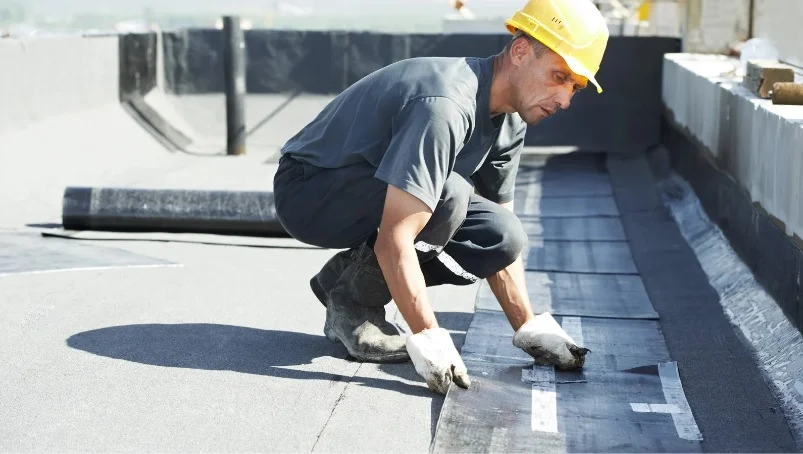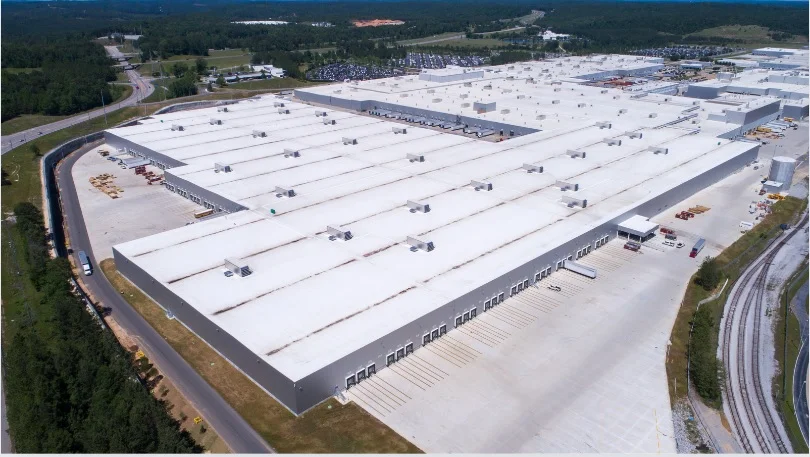Your roof is a critical component of your home, providing essential protection and contributing significantly to the overall structural integrity of your property. Over time, exposure to various weather conditions can lead to wear and tear, making regular maintenance crucial. If it’s been a while since you’ve attended to your roof, now might be the perfect time to consider an upgrade or repair.
What is TPO Roofing?
One of the latest advancements in roofing technology is TPO, or thermoplastic polyolefin. TPO roofing is renowned for its durability, energy efficiency, and ease of installation. The material consists of a blend of polypropylene and ethylene-propylene rubber, which imparts exceptional flexibility and resilience. These properties make TPO an excellent choice for both residential and commercial roofing applications.
Benefits of TPO Roofing
Durability and Longevity
TPO roofing is celebrated for its long lifespan and robust nature. The material is resistant to punctures, tears, and impact damage, ensuring that your roof remains intact and functional for years. This durability reduces the frequency of repairs and maintenance, ultimately saving you time and money.
Energy Efficiency
One of the standout features of TPO roofing is its energy efficiency. TPO membranes are typically white or light-colored, which reflects sunlight and reduces heat absorption. This reflective property helps keep your home cooler during hot weather, reducing the strain on your air conditioning system and lowering your energy bills. In fact, TPO roofing can contribute to LEED (Leadership in Energy and Environmental Design) points for energy efficiency and sustainability.
Weather Resistance
TPO’s inherent characteristics make it highly resistant to weather-related damage. Its polypropylene composition makes the surface slippery, effectively repelling moisture from rain or snow. This resistance to water penetration prevents leaks and water damage, safeguarding the interior of your home.
Ease of Installation
The installation process for TPO roofing is relatively straightforward, which can significantly reduce labor costs. The process involves cleaning and prepping the existing roof, removing any old covering if necessary, and then rolling out the TPO membrane over the roof’s surface. The membrane is then secured with mechanical fasteners or adhesive, and a hot air gun or welder is used to seal the seams. This method ensures a tight, weatherproof seal that enhances the roof’s overall performance.

Considerations Before Installing TPO Roofing
While TPO roofing offers numerous advantages, there are a few factors to consider before deciding if it’s the right choice for your home.
Climate Suitability
TPO roofing performs exceptionally well in various climates, but it’s particularly advantageous in regions with high temperatures due to its reflective properties. If you live in an area with harsh winters, ensure that the TPO material used is of high quality and designed to withstand colder temperatures without becoming brittle.
Roof Structure
The suitability of TPO roofing also depends on the structure of your roof. TPO is versatile and can be applied to flat, low-slope, and some types of pitched roofs. However, the existing condition of your roof deck and insulation should be assessed to determine if any additional repairs or modifications are necessary before installation.
Professional Installation
Although TPO roofing is relatively easy to install, it’s essential to hire experienced and certified roofing professionals to ensure a proper and secure installation. Improper installation can lead to issues such as poor seam welding, inadequate adhesion, and potential leaks, undermining the benefits of TPO roofing.
TPO Roofing in Commercial Applications
According to the National Roofing Contractors Association (NRCA), TPO is a popular choice in commercial roofing, accounting for about 40% of all commercial roofing work performed today. Its cost-effectiveness, durability, and energy efficiency make it an attractive option for businesses looking to reduce operational costs and enhance building performance.
Environmental Impact
TPO roofing is also an environmentally friendly option. The materials used in TPO membranes are recyclable, reducing waste and promoting sustainability. Additionally, the energy-saving properties of TPO contribute to a lower carbon footprint, aligning with green building practices and environmental conservation efforts.
Conclusion
TPO roofing is a modern, innovative solution that offers numerous benefits for homeowners and businesses alike. Its durability, energy efficiency, weather resistance, and ease of installation make it a compelling choice for those looking to enhance their roof’s performance and longevity. However, it’s essential to consider factors such as climate suitability, roof structure, and professional installation to ensure that TPO roofing is the right fit for your home.
By investing in TPO roofing, you can protect your home more effectively, reduce energy costs, and contribute to a more sustainable future. Whether you’re looking to upgrade your existing roof or install a new one, TPO roofing is a smart, forward-thinking choice that promises long-term benefits and peace of mind.









